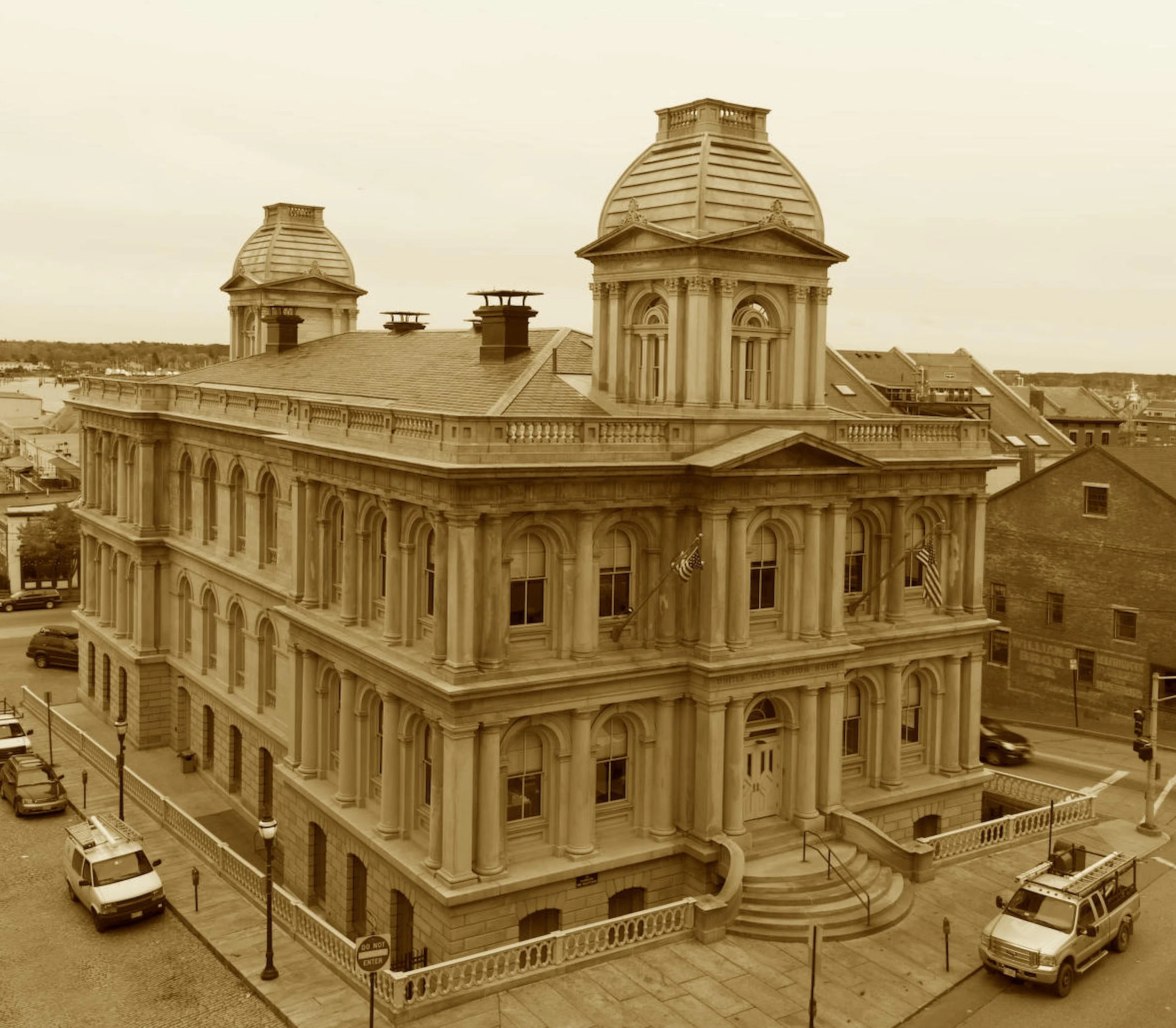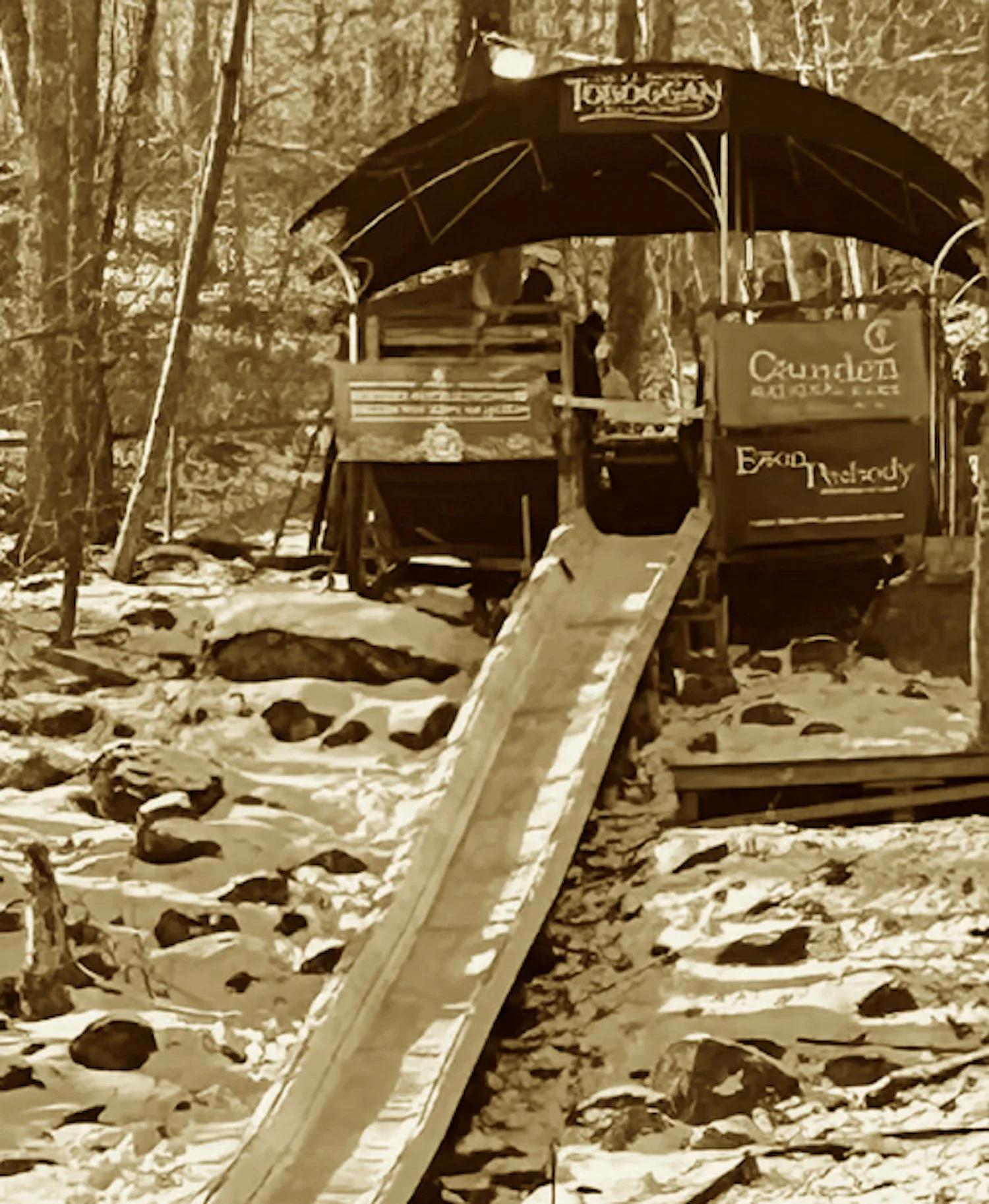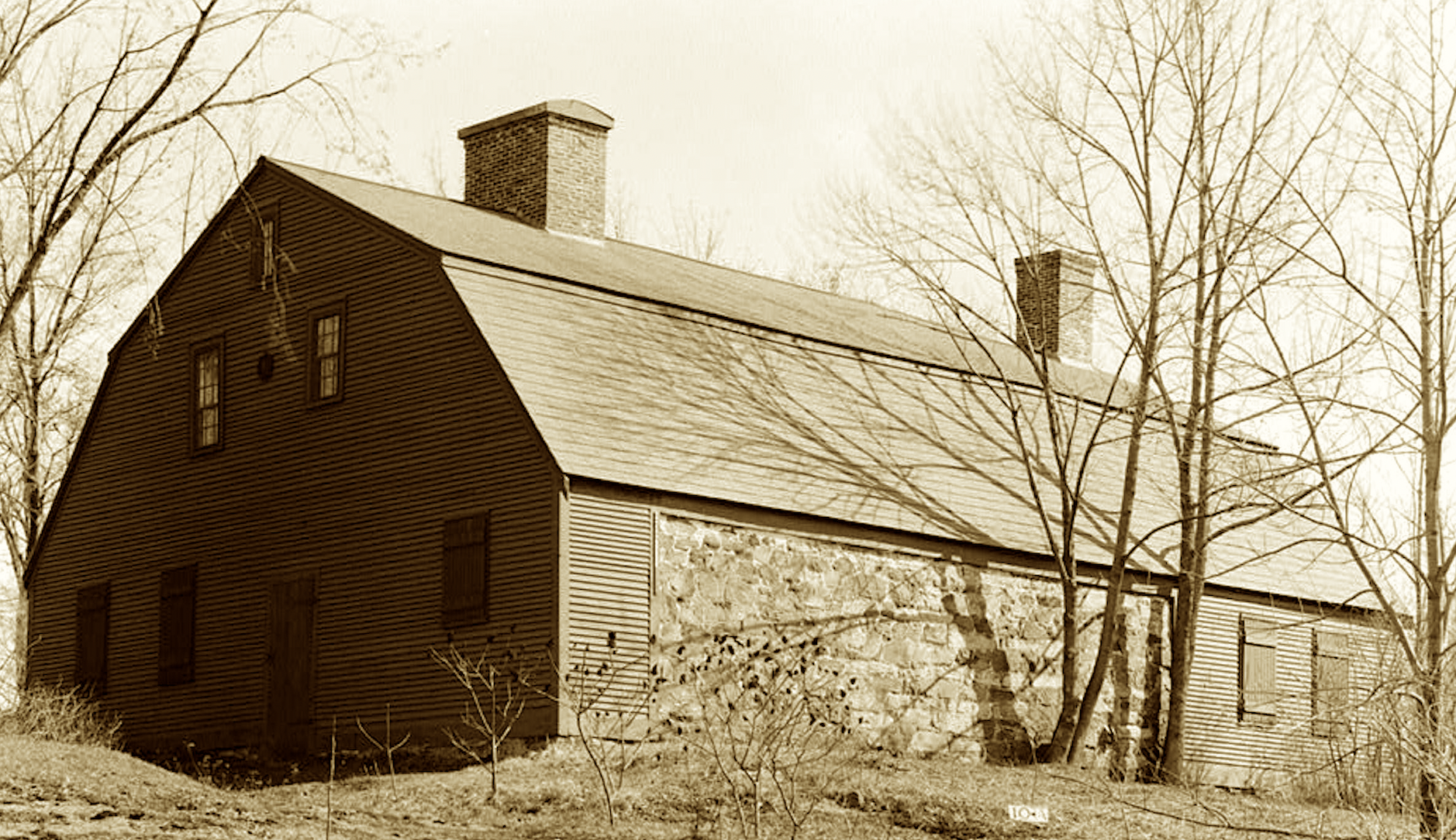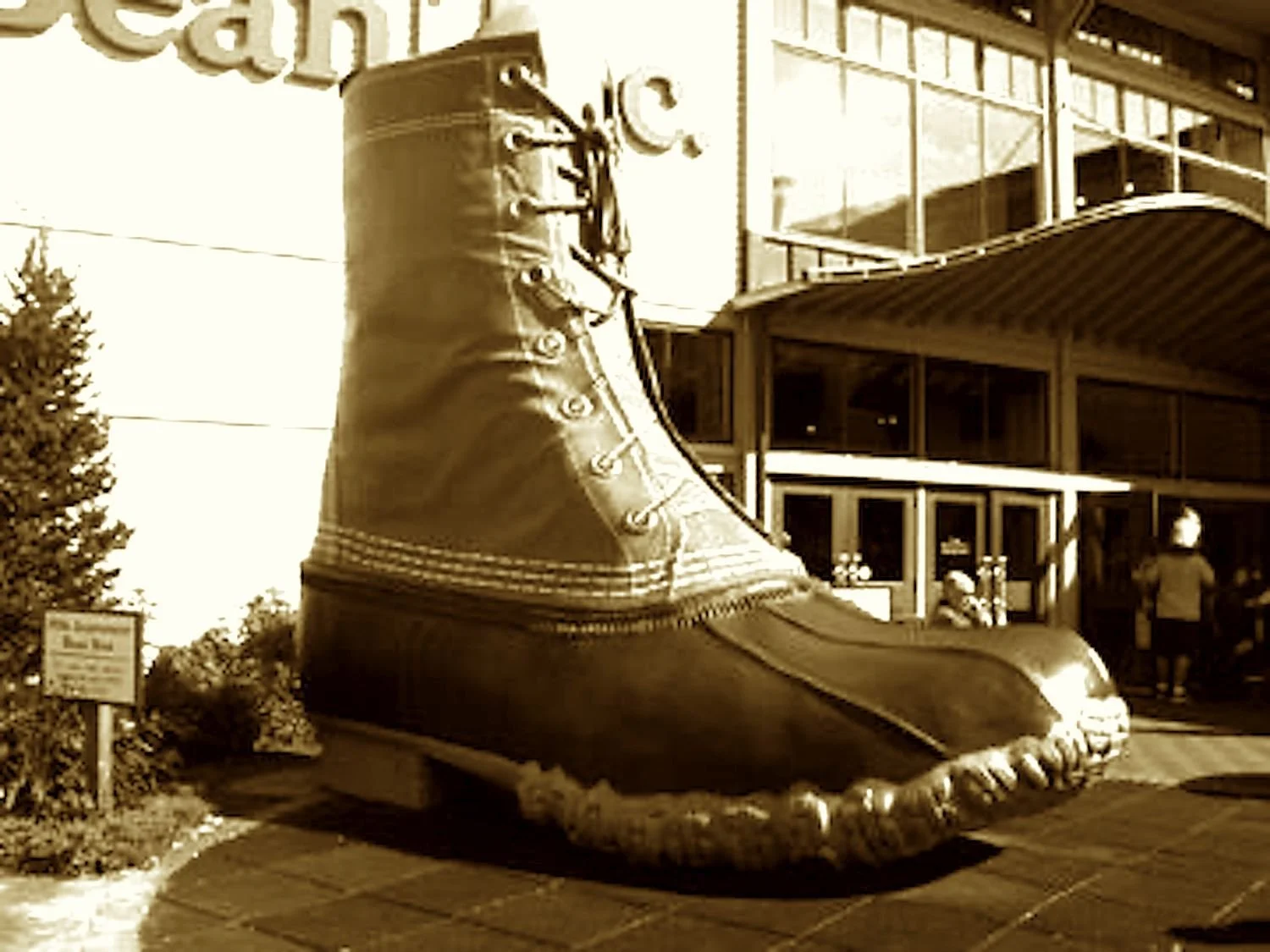
Maine Scavenger Hunt
Maine begins where the rest of the country feels like it ends—at the rocky edge of the continent, where forest meets sea and sunrise touches America first. Its story is as granite-rooted as its coastlines and as deep-running as its rivers. This is a state carved by glaciers and grit, where French explorers christened bare hills as “Monts Déserts,” lumberjacks ran logs down whitewater, and shipbuilders shaped fleets that once ruled the Atlantic. It is a place where stubborn independence has always shaped the land—and the people.
The early stirrings of statehood began in town halls and trading posts, in modest churches and bold forts, and in quiet revolutions of civic design like the octagonal hall or the wooden cannon. Maine didn’t need to shout to be heard—it simply built its case in stone and timber, with covered bridges, granite domes, and coastal watchtowers. The state’s geographic distance from political centers gave it room to think differently: from founding female-run newspapers to launching inland art colonies, Maine staked out space for visionaries, iconoclasts, and self-made legends.
Industry arrived by water, rail, and blade. The rivers turned wheels for textile empires; the forests surrendered spruce for paper and pine for ship masts. The fisheries hauled in cod, sardines, and—eventually—the storied Maine lobster. Trains followed, then trolleys, then the open road. Maine took to tourism with a wink and a cabin key, erecting mimetic blueberry domes, fiberglass fishermen, and totemic roadside mascots that still stand sentinel along Route 1. When air travel arrived, it touched down on gravel runways first envisioned by daring pilots and dreamers with baked beans in their cargo.
Amid the great movements of war, depression, and cultural upheaval, Maine never lost its core: a reverence for its rugged land, a love of simple pleasures, and an eye for preservation. From Revolutionary landmarks to Civilian Conservation Corps shelters, from ski lifts to fire towers, the Pine Tree State has continually balanced invention with restraint. Its post offices were adorned with murals, its diners flipped pancakes beneath porcelain steel, and its ferries still stitch together island and mainland like needle and thread.
In Maine, history doesn’t just sit in museums. It’s driven through, paddled past, hiked over, and passed down. It’s served on buttered rolls, told in granite, and shouted from lighthouses. This scavenger hunt follows the twisting roots and high-reaching limbs of Maine’s unique journey—a journey that is, like its trees, evergreen.
The photos and stories collected here are a fast and fun way to learn the explanations behind the quirks, the traditions and the secrets that make Maine uniquely Maine. Where was the largest poured concrete building in the world? Solved. What was the first lighthouse constructed by the United States of America? A mystery no more. What is the only split-stone open crib bridge in the world? Identified. What is the most photographed house in Maine” Revealed. Who first called Maine “Vacationland?” No one knows.

Where Cadillac sees first sunrise glow, And Rockefellers carved the flow, This Tudor lodge with chimneyed grace Once housed the minds that shaped this place. More home than gate, it came to be A beacon near the mountain sea.

A frozen chute, a wooden track— Then race across the pond and back! No bobsled gold or luge-like gleam— Just old-school speed on icy beam. Since '91, this fearless ride Has slid its way to winter pride.

With frosting trim and turret high, This house could make the angels sigh. From shipwright hands the scrollwork poured— A gingerbread dream long adored. Now lovers pose and brides elope— Sweet icing swirls on steepled hope.

Nine houses claimed the “opera” tag, Where lumber lords shed frontier rag. From vaudeville kicks to local plays, It echoed all the gilded days. Saved from the wreckers' planned advance— It stands again with staged romance.

No window here for light or air, Just stone-cold justice, bleak and bare. Debtors sighed where felons wailed—New England’s laws were harshly scaled.

A hunter’s feet, both sore and soaked, Inspired a boot that history stoked. Refunds made and dreams pursued, With catalogs and classic shrewd. And now that duck boot's global fame Still proudly bears the Freeport name.